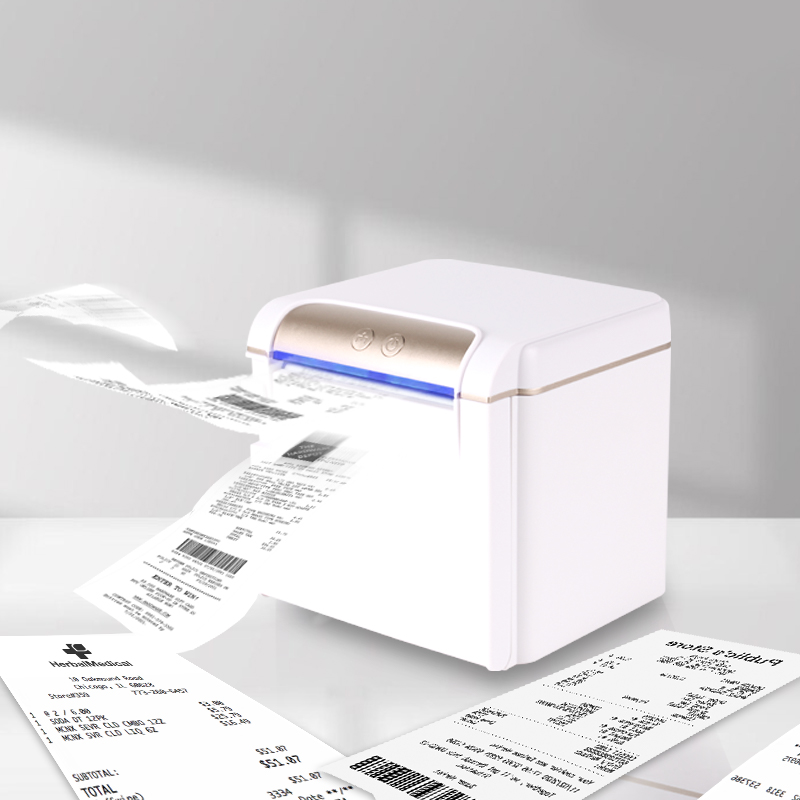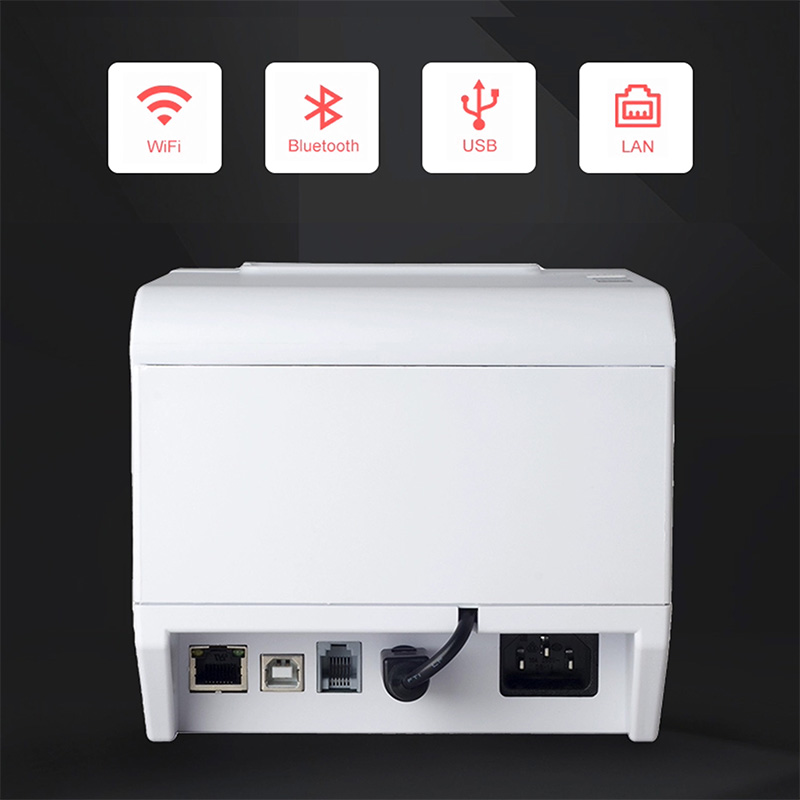ZYWELL thermal printer and pos printer manufacturer supplier in China for more than 20 years.
The disadvantages and advantages of thermal label printers in the medical industry
Thermal label printers have become increasingly popular in the medical industry due to their unique features and capabilities.They offer a range of benefits that align well with the needs of healthcare facilities.However, like any technology, they also have their limitations.Here's a look at the advantages and disadvantages of using thermal label printers in the medical industry.

Advantages
High-Speed Printing: Thermal label printers are known for their fast printing capabilities, which is crucial in a medical setting where time is often of the essence.
No Ink or Toner Required: Unlike traditional printers, thermal printers do not require ink or toner.This eliminates the need for frequent replacements and reduces the risk of ink-related messes.
Durability: Thermal labels are often more durable and resistant to environmental factors such as heat, moisture, and chemicals, making them suitable for use in various medical applications including lab testing and pharmaceutical labeling.
Barcode Capability: Many thermal label printers are capable of printing barcodes, which are essential for tracking medical supplies, patient records, and inventory management.
Customization: Thermal printers can print a variety of labels with different sizes and designs, allowing for customization to fit specific medical needs.
Cost-Effective: Over time, the lack of consumables like ink or toner can make thermal printers a more cost-effective solution for the medical industry.
Low Maintenance: Thermal printers generally require less maintenance than other types of printers, reducing downtime and maintenance costs.
Disadvantages
Initial Cost: The initial investment for a thermal label printer can be higher compared to traditional printers, which might be a barrier for some healthcare facilities with budget constraints.
Label Quality: While thermal labels are durable, the quality of the labels can vary depending on the manufacturer, which might affect the readability and durability of the printed information.
Limited Color Options: Most thermal printers print in black or grayscale, which might be a limitation when color-coding is required for certain medical applications.
Environmental Impact: While thermal printers do not use ink, the production of thermal labels can have an environmental impact, and disposal of used labels must be managed properly.
Specialized Knowledge: Operating and maintaining thermal label printers may require specialized knowledge or training, which could be an additional burden for staff.
Dependence on Label Quality: The performance of a thermal printer is heavily dependent on the quality of the labels used.Poor quality labels can lead to print defects and machine damage.
Fading Over Time: Although thermal labels are more durable than paper ones, the printed information can still fade over time, especially when exposed to direct sunlight or certain chemicals.

ZYWELL pos printer thermal label printers offer speed, durability, and cost-effectiveness. However,pos printer also come with challenges such as initial cost, limited color options, and potential environmental impact. Thermal label printers to evolve to better meet the demands of the medical industry.

Zhuhai zywell is a printer manufacturer and comprehensive high-tech enterprise integrating POS printer design, research and development, production, sales and service.
CONTACT DETAILS
If you have any question, please contact us.















